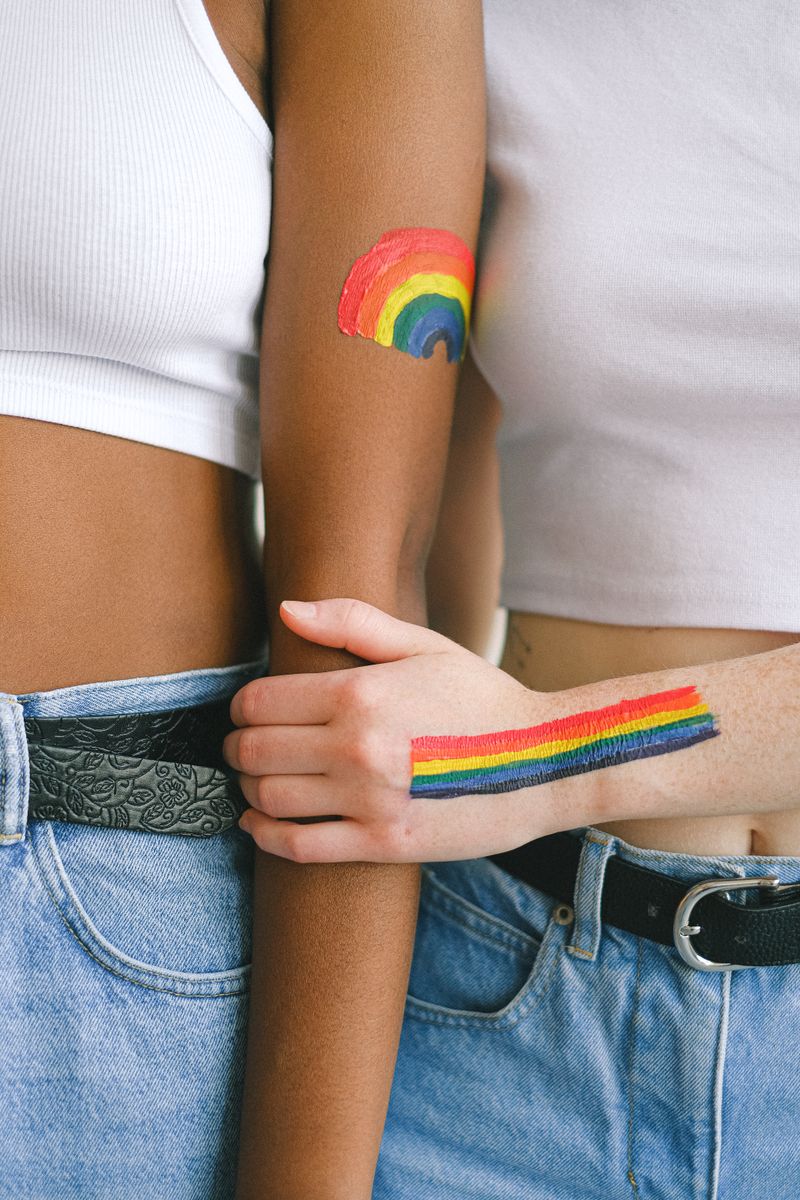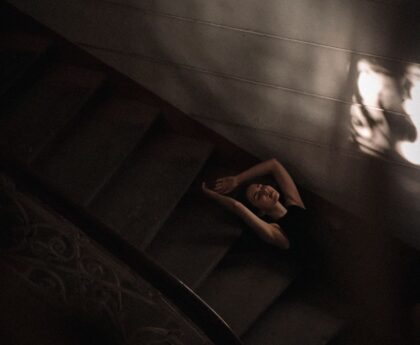Culture: Heartstopper Season 2 Smartly Shatters the Show‘s Utopian Vision of Growing Up Queer
In the realm of queer storytelling, narratives often revolve around trauma and tragedy. The portrayal of gay characters, in particular, has historically been marred by violence, familial rejection, and premature death. The phenomenon even earned the term “bury your gays,” as a lament for the countless queer characters who met a tragic fate on screen. In this context, finding joy and happy endings for queer characters in fiction seemed unattainable. However, the landscape of LGBTQ+ narratives on-screen has slowly begun to evolve.
One standout example is Heartstopper, a graphic novel series by Alice Oseman that has now been adapted into a popular Netflix show. Known for its depiction of joy and warmth, Heartstopper has become a beacon of hope for gay and trans youth, offering a rare portrayal of coming-of-age experiences that are tender and optimistic. The show‘s first season creates a world that feels kinder and more accepting, where the challenges faced by queer youth are not eradicated but become more manageable. Allies among teachers and parents, supportive straight friends, and accepting environments contribute to the show‘s utopian universe.
A Departure from Utopia
However, with its highly anticipated second season, Heartstopper begins to break away from its near-utopian vision. The initially saccharine and simplistic storytelling of the first season, while comforting, also feels alienating to some viewers, particularly those who are older. The characters’ seemingly perfect world becomes less relatable, as their problems appear less messy and more easily resolved than the complex and painful reality faced by queer youth in the real world.
The second season of Heartstopper brings about a significant change that adds depth and intrigue. From the very first episode, there is a noticeable shift in tone. The warm, yellow glow of the camera that typically bathes the characters in reassurance is replaced with a sense of discord, tension, and confusion bubbling beneath the surface.
Relatable Struggles
The protagonist, Nick, finds himself torn between the fear of hurting his boyfriend Charlie by keeping their relationship a secret and his own hesitance to come out as bisexual. This internal conflict, which is always terrifying and vulnerable, becomes a more relatable and amorphous force to contend with, surpassing the simplistic bullies of the first season. Elle, another central character, experiences a transformation, allowing her to become rash, catty, and sometimes hurtful as she navigates new friendships and discovers her own identity.
Season two of Heartstopper delves deeper into darker themes, including Charlie’s struggle with an eating disorder. The show becomes harder to watch and less reminiscent of escapism, but it also becomes a more important narrative. By expanding its field of vision and portraying a larger universe for its characters, Heartstopper explores conflicts beyond the realm of schoolyard fights. It acknowledges that the source of their problems lies in something bigger.
Editorial: Deconstructing the Utopian Vision
The shift in tone and exploration of deeper and darker themes in Heartstopper season two is integral to the development of the show. It demonstrates a commitment to creating well-rounded and nuanced narratives that resonate with the lives of queer individuals. In reality, queer experiences are not confined to a binary that oscillates between tragic ends and problem-free existences. Queer individuals navigate a complex web of emotions, encompassing both joy and grief, friendship and fallouts, and self-love subjected to the negativity that lingers beneath the surface.
By fracturing its utopian vision, Heartstopper season two transcends two-dimensional joy. It prioritizes the well-realized and nuanced representation of queer lives, challenging the notion that LGBTQ+ stories must fit into predetermined arcs. The show evolves alongside its characters, acknowledging that narratives need to fluctuate within an in-between space to mirror the real world.
Advice: What We Need from Queer Stories
Queer stories should go beyond the binary of “bury your gays” or a world where nothing bad ever happens to queer individuals. Instead, they should strive to reflect the complexities, struggles, and triumphs of authentic queer experiences. It is crucial for narratives like Heartstopper to embrace the multifaceted nature of queer lives, weaving stories that resonate with diverse audiences.
By delving into darker themes and acknowledging the challenges faced by queer characters, shows like Heartstopper can pave the way for a more inclusive and meaningful representation of the LGBTQ+ community. It is through these well-realized, nuanced narratives that the resilience and diversity of queer experiences can be celebrated and understood.

<< photo by Anna Shvets >>
The image is for illustrative purposes only and does not depict the actual situation.
You might want to read !
- The Elusive Rapist: Unraveling the Mystery of the Alleged Master of Deception
- Revealing the Man Behind the Oxygen Mask: Nicholas Rossi’s Remarkable Journey
- Breaking: Canadian Prime Minister Justin Trudeau Announces Separation from Wife
- An Unlikely Alliance in Peril: The Enigmatic Conclusion of Good Omens Season 2
- Celestial Chaos Ensues: A Glimpse into Good Omens Season 2
- The Global Locations of World on Fire Season 2 Revealed
- Refreshing the Depths: Exploring the Timeless Appeal of Richard Ayoade’s Submarine
- The Timeless Freshness of Richard Ayoade’s Submarine
- Modi Honoured Amidst Nation-Wide Riots: France’s Bastille Day in the Shadow
- Remembering the Legacy: A Farewell to Scots Veteran Broadcaster Robbie Shepherd (Age 87)
- Editorial Exploration: Reflecting on the legacy of BBC presenter Robbie Shepherd while honoring the outpouring of tributes
Title: Celebrating the Legacy: Tributes Flow for BBC Presenter Robbie Shepherd (87)
- Canada PM Justin Trudeau and wife Sophie announce separation: Exploring the personal and political implications




